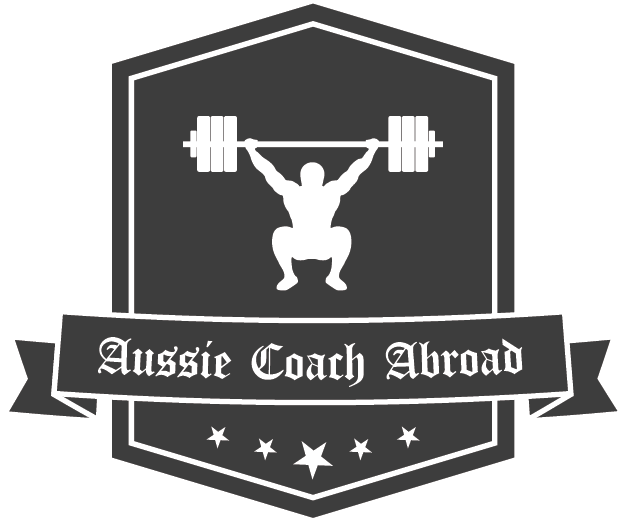Uncovering a dysfunction
Whether it be a dysfunction in a movement or posture, discovering a dysfunction may not be as easy as it seems. A dysfunction could be anything from poor biomechanics (eg slanted squat) or poor posture (eg kyphosis or tight joints). For example, if you cannot squat with full depth, there is a good chance you have a dysfunction with your hip/ankle mobility or some fascial dysfunction.
After uncovering the dysfunction, there needs to be a process in place in order to correct it. Thus, becoming a 'function'! Then one must be able to maintain the function and keep healthy movement habits.
So, I have broken down how I interpret and approach a dysfunction with 4 steps (or categories) that people go through;
-1) Implicit Dysfunction
This step refers to the absolute beginning of a dysfunction. One is not aware of their dysfunction and therefore does not know how to fix it. For example, someone may walk in your gym with inverted shoulders (push up syndrome as I like to call it), and have no idea of their postural dysfunction. This does NOT necessarily mean that you have pain with this dysfunction. HOWEVER, this may lead to compensation in order to function, which could lead to pain in other areas!
1a) Recognition
This subcategory refers to the self-recognition of the dysfunction itself. Leading on my previous example, it takes a professional to educate the individual on their inverted shoulders. Perhaps a postural assessment or screen would be a good recognition tool here.
2) Explicit Dysfunction
Once the dysfunction is brought to the individual's awareness, it then becomes explicit. Meaning that they are know aware of the dysfunction but are still unaware on how to approach it.
2a) Work
This is where the professional (S&C coach, PT etc) comes into play to develop and prescribe fascial manipulation, joint mobility and corrective exercises. More simply put, educate them on how to correct their dysfunction!
3) Explicit Function
Now that the dysfunction has been worked on for a sufficient amount of time, the dysfunction becomes a function. Meaning that the 'work' has taken place and the correct adjustments have been made. However, it is still explicit (conscious) to the individual. For example, the person with inverted shoulders has now brought their posture into a better alignment but are still aware that they have to consciously focus to ensure they are standing/moving functionally.
3a) Maintainence
It's up to the individual and the professional to help maintain the correction. Exercises should still be put in place to ensure the dysfunction does not come back into play here!
4) Implicit Function
The final step is making the function an implicit thought. Meaning that you no longer have to consciously think of the dysfunction/function. The correction has now become permanent and the individual know feels and moves better for the long period.
4a) Uncover further dysfunctions
Now that the individual has uncovered some dysfunctions and corrected them, it is up to them to use that knowledge to better themselves on a daily basis by trying to improve every aspect of their health!
Let me know some of your thoughts!
Coach Alex
